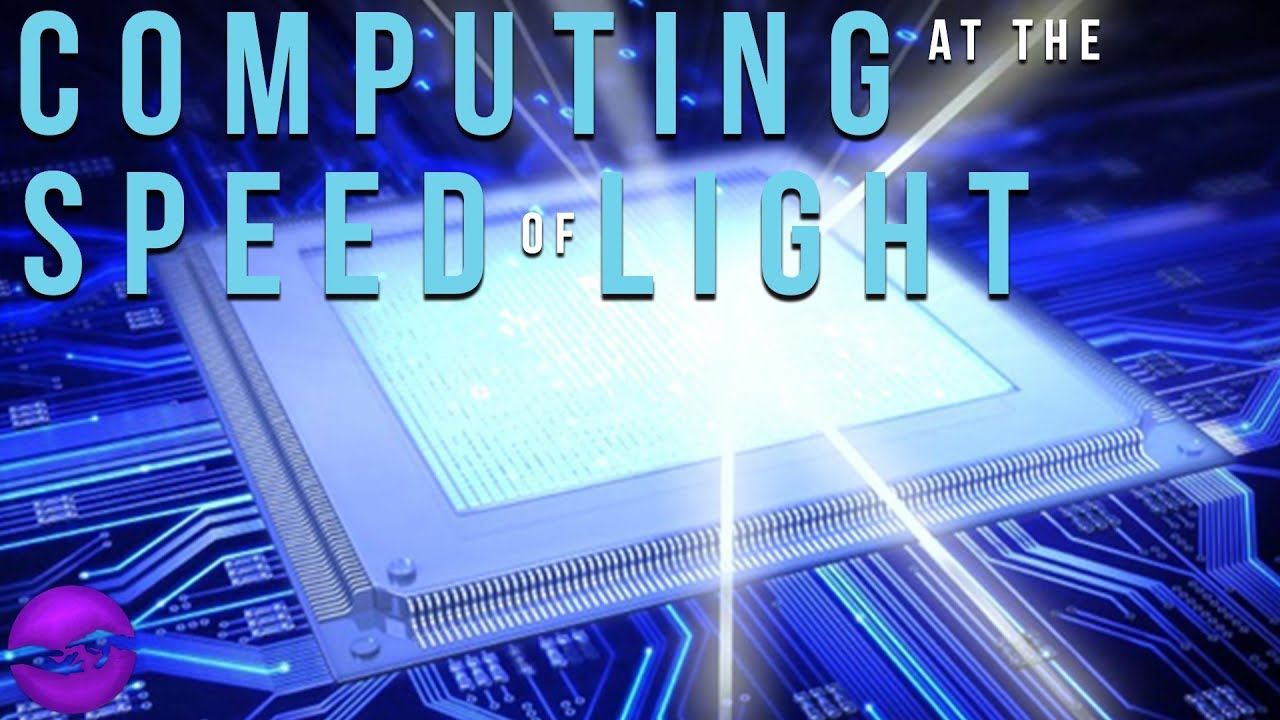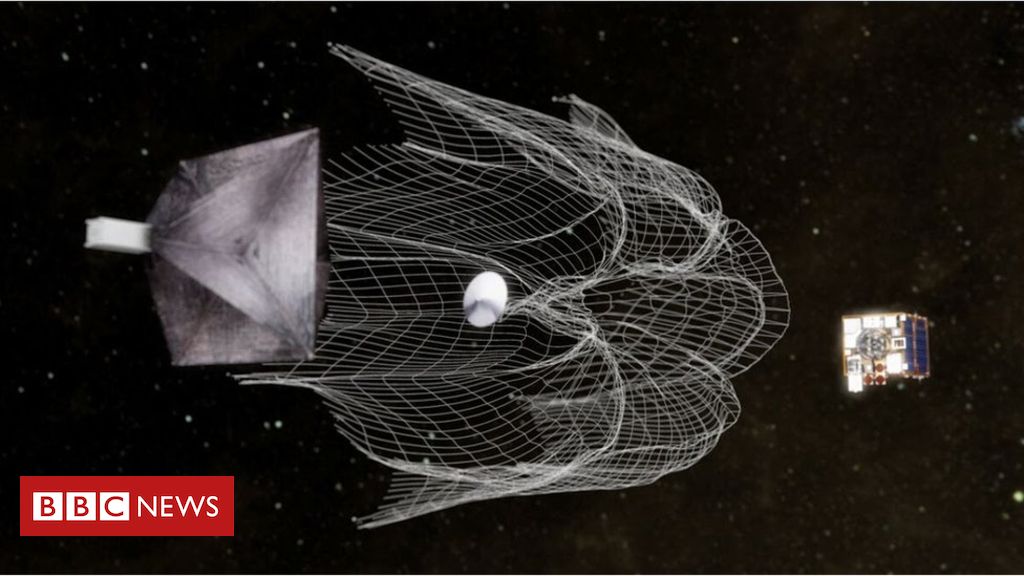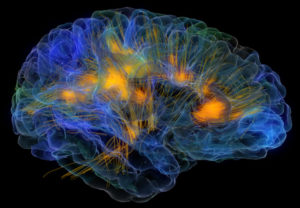Jun 21, 2018
Here’s What NASA Plans to Do to Keep Us Safe From Asteroids
Posted by Shailesh Prasad in category: space
We don’t actually have a lot to be afraid of when it comes to asteroids. Sure, they might come pretty close from time to time, but they tend to buzz harmlessly by — after all, Earth is a pretty tiny target in the vastness of space.
That doesn’t mean we shouldn’t be prepared, though — and NASA, along with several other US federal agencies, has been putting together a contingency plan.
They’ve called the collective the Interagency Working Group for Detecting and Mitigating the Impact of Earth-bound Near-Earth Objects, or DAMIEN, which isn’t ominous at all, and released a 20-page document that outlines the asteroid — or near-Earth object (NEO) — plans for the next decade.
Continue reading “Here’s What NASA Plans to Do to Keep Us Safe From Asteroids” »





















